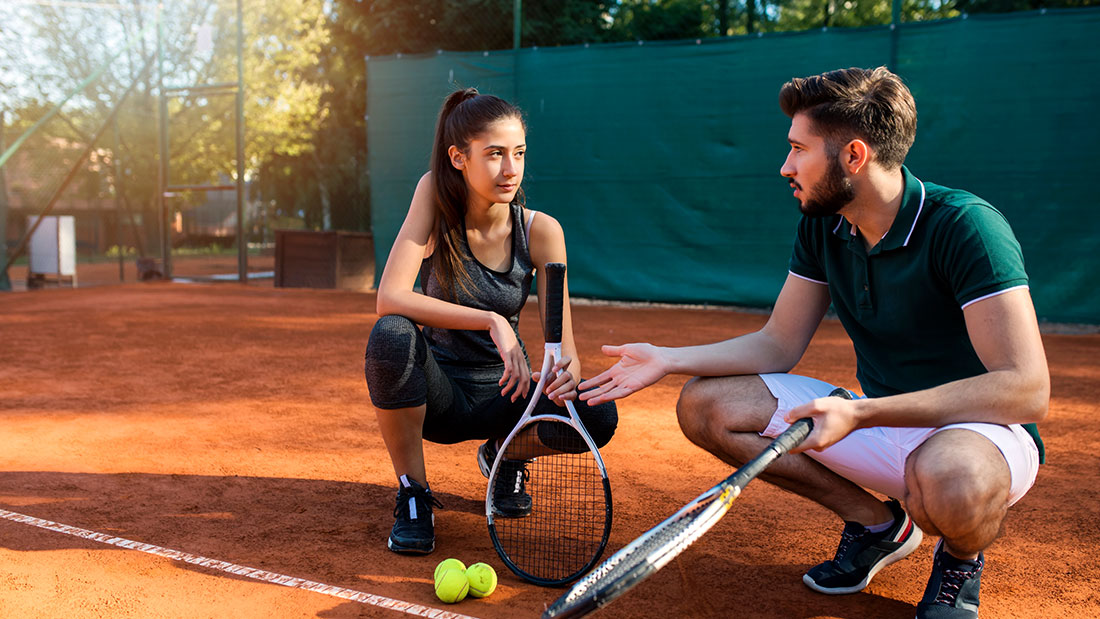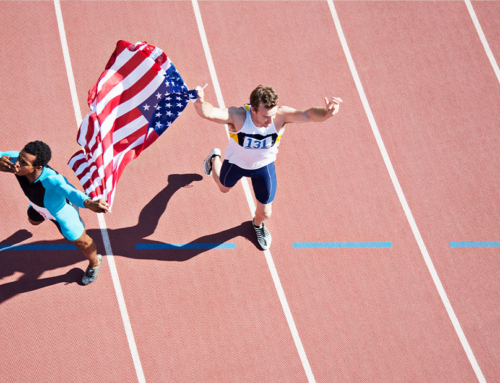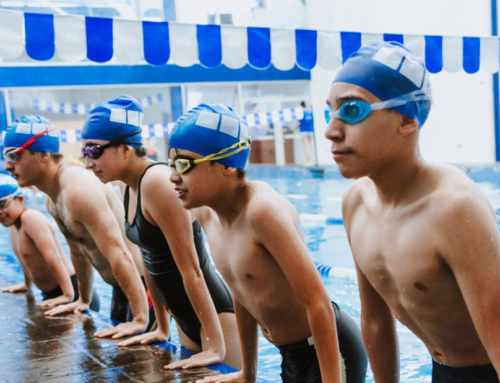
It can be confusing. You lean toward a more no-nonsense approach as a coach and want to hold your athletes and others around your team accountable for their effort and performance.
But when does “stern” cross the line into “punitive”—or even harmful—coaching?
The U.S. Center for SafeSport offers resources, including the Emotional & Physical Abuse & Misconduct Toolkit, to help coaches adhere to coaching strategies that engender effort and focus but don’t create environments of fear and intimidation.
Coach-athlete relationship
The coach-athlete relationship, when developed and nurtured correctly, can be a powerful one. It can create lifelong lessons, memories, and bonds for both parties.
“My favorite part about coaching is what the kids learn off the mat, through the sport of wrestling,” says Nate Becker, head coach of Chaparral Wrestling Club in Parker, Colo. “The discipline, the accountability, the teamwork, watching them mature and turn into young men and young women and reach their goals … that to me is really what this about and why we do this.”
But coaches also need to recognize the differences in power between themselves and their athletes. Coaches are the authority figures and run practices, determine roster spots, and allocate playing time.
This difference in power can cause problems, such as when coaches wield their influence with negative techniques. In fact, some behaviors that were commonly accepted years ago, such as denying water breaks and using belittling language, are now understood to be misconduct.
Effective coaches use their skills and knowledge to help athletes stay safe, develop skills, and improve performance. They use respect, positive discipline, and motivation to encourage performance, focus, and sportsmanship.
Trauma-sensitive coaching
Everyone brings different experiences to their day-to-day interactions, and that’s no different for athletes. Some have experienced trauma in their lives, which influences how they react to certain situations.
Trauma such as Adverse Childhood Experiences, including neglect, loss of a parent (as through divorce), household challenges, community violence, and racism can impact children’s brain development, causing them to act in ways you might not understand.
Trauma-sensitive coaching means being sensitive to—and understanding of—the needs of athletes who have experienced trauma. When coaches prioritize relationship-building, have a consistent structure, and care about athletes’ well-being, the entire team will feel safe and supported, and will likely perform at a higher level.
Creating a positive sport environment
A winning atmosphere is one in which athletes, coaches, officials and families can take advantage of the benefits of sport and want to keep coming back, season after season.
Creating a positive sport environment is worth striving for. Principles such as setting consistent behavioral expectations and modeling appropriate and respectful behavior create a solid foundation for an atmosphere that prioritizes the growth and well-being of all participants.
Also, you should recognize that athletes from marginalized groups—like athletes with disabilities, athletes of color, and LGBTQ+ athletes—experience higher rates of abuse, bullying, and harassment.
Bystander intervention
An important principle you can talk to your team about—and act on yourself—is bystander intervention. Bystander intervention can stop inappropriate behaviors from escalating or occurring in the first place. It also reinforces what behaviors are acceptable around the team.
Tips for responding to misconduct:
- If an incident is in progress, separate everyone involved and make sure they are safe.
- Remain calm and do not raise your voice in anger.
- Talk with the initiator, target, and witnesses separately.
- Follow your organization’s policies to report what happened.
- Make separate follow-up plans with everyone involved.
- Revisit behavior expectations and your organization’s policies with the team, but do not talk about any specific incident.
Bystander intervention can be particularly powerful when friends intervene with friends who are doing harm. Empower your participants to make the same proactive decisions. Give them the confidence and skills they need to step in and stop misconduct among peers.
The bottom line: Respond to misconduct immediately and consistently.
Visit uscenterforsafesport.org to learn more.
The U.S. Center for SafeSport is a nonprofit organization created to respond to and prevent sexual, physical, and emotional abuse in the U.S. Olympic and Paralympic Movement, from which it is independent. The Center also trains and educates people and organizations at all levels to support sport and recreation settings across America that protect athlete well-being.




